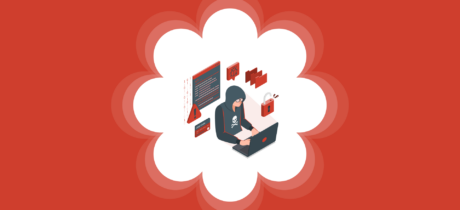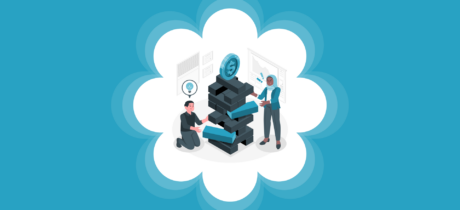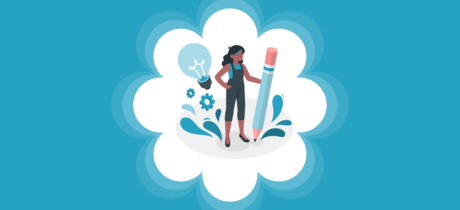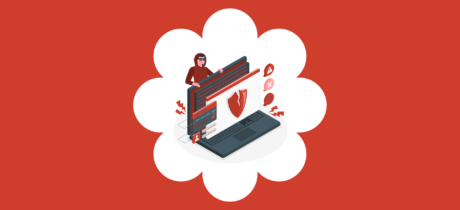
WordPress security guide for beginners
Table of Contents
A 4-Step Guide For Beginners To Protect Their WordPress Website
WordPress security checklist nowadays is a must as WordPress is the most dominant CMS platform. With hacking issues creeping in, WordPress security has become a matter of concern. To be precise, this platform is secure, and only the plugins, hosting, or themes used by us makes it vulnerable. You need to be extra cautious while hosting or choosing a theme. You can face many WordPress security issues like outdated codes, no updating of themes or plugins, injecting of malicious content, using an old version of WP site and many more.
The beginners who are getting hands-on the WP site must go through this WordPress security checklist to protect their website against various security issues.
1. Installing a Backup Solution
Backups work as the defense against any malware or virus attack. If something worse happens to your site, then it helps in quickly restoring your website. One advisable thing here is that you must save your full-site backup in a remote location and not in your hosting account. You can choose real-time backup, or it can be done once in a day. You can use any free or paid plugins to take a backup of your site.
2. Update Your Site Regularly
This is also one of the effective ways to prevent your site from getting hacked. With regular updates, it fixes whatever was broken in previous versions. WordPress automatically updates any minor fixes, but the owner must do the major updates manually like switching onto WP 5.0. You must also see that your themes and plugins are updated quickly. It will save you from any malicious attacks or brute force attacks.

3. Enabling WAF or Web Application Firewall
You must use WAF to enable your WP site’s security. The Firewall will block all the malicious traffic before it even reaches your website. You can use either,
- DNS Level Website Firewall that routes web traffic through their cloud proxy servers and sends only genuine traffic to your server
- Application Level Firewall, which examines the traffic once, it reaches your server. It carries out this function before loading most of the WP scripts.
4. Protecting Your Backend
You must protect your WordPress website’s backend through:
- While transferring files on the backend, you must always use SFTP
- If you are using shared hosting, then you can stop other users from watching your data session by configuring new session paths
- You must restrict access to the directory
- The website owners can protect their web-accessible directory by setting it to ‘Read-only.’
- The sensitive application files or configuration files must be placed in the non-web accessible directory. You can route them by using the PHP script.
Conclusion
Many WP experts provide a distinct systematic guide to protect the website. The beginners must focus upon the significant aspects of their WP site to protect it from malicious or brute force attacks. Moreover, it is necessary to protect your website login details and to use HTTPS for your website by enabling SSL certificate. Furthermore, you can take the help of experts like WO AOS. We offer WordPress maintenance services and fix WordPress security issues at affordable cost meeting your business needs.







